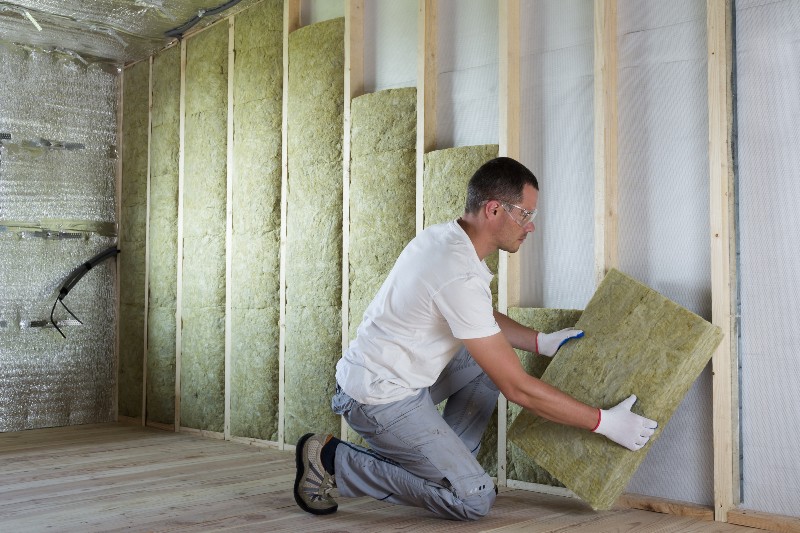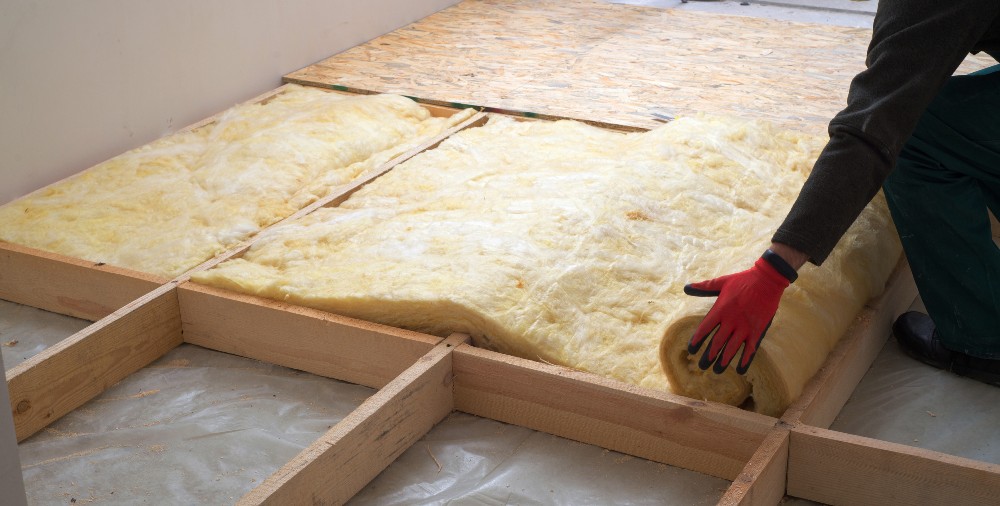Most people mitigate heat loss in a home by insulating their attics. But what do you do if your home doesn’t have this common feature? Read on to learn how you can insulate a roof on a home without attic space.
Insulating Materials
Houses with cathedral ceilings or no attic space have little room for insulation compared to a typical home. This can sometimes reduce the longevity of your roof since some of these ceilings don’t have enough room to provide proper airflow. It can also make a home harder to insulate.
While builders are well-advised to design cathedral ceilings with plenty of room for airflow and insulation, they don’t always cooperate. What’s more, since ceilings have several holes in them for plumbing and electrical fixtures, they can be difficult to seal properly.
For homes without attics, you can use rigid foam board, which is thin and typically provides impressive R-values. You can also install blown insulation into the ceiling. A high-quality product will fill up the gaps around electrical and plumbing elements very well.
Spray insulation is probably the most DIY-friendly type of insulation for a roof without an attic. Users can spray the foam into a wall’s cracks and cavities. You can also spray ceilings with batts and reflective foam insulation. Once applied, the foam will solidify into a hard insulating material.
Also known as foil insulation, reflective insulation creates a radiant barrier that helps regulate a home’s internal temperature. The process involves the coating of the roof with a reflective layer that reflects solar radiation. Since it’s primarily used to keep homes cooler, reflective insulation is more effective in hotter climates.
Bulk Insulation
For homes without attics, it’s especially important to ensure that the rest of the home is properly insulated. Bulk insulation refers to a comprehensive insulation strategy in which a whole house is coated with insulating material to prevent heat loss and mitigate the transmission of noise.

The materials that are most commonly used in bulk insulation include:
Fiberglass: This insulating material consists of lightweight glass fibers. It’s typically applied in two distinct types: loose-fill and batts and rolls.
Polyester: This insulation is a plastic product made of petrochemicals. It usually consists of mostly recycled plastic fibers. Some may be mixed with wool.
Extruded polystyrene insulation: Also known as XPS insulation, this product is produced using an extrusion method. EPS insulation or expanded polystyrene padding is made while using a mold designed to hold very small foam beads.
Rockwool: This is a type of stone wool insulation made by dissolving slag and basalt and whirling it to make fibers. The insulation material is then made into plates or tubes that are used to cover commercial and residential buildings. It’s a common solution for insulating roofs without attics.
Cellulose: Consisting of up to 85% recycled paper texture, cellulose is mostly made of waste newsprint. The other 15% consists of a fire retardant such as ammonium sulfate or boric acid. Cellulose has the most eminent recycled content of any insulation obtainable.
Wool insulation: This product is produced using sheep wool threads that are either bonded using recycled polyester adhesive or mechanically attached to make insulation tubes, batts and strings. Original wool insulation is quite efficient for both acoustic and thermal padding.
It All Starts with Your Roof
When it comes to keeping a home comfortable and energy-efficient, you must have a professionally insulated roof. Without adequate insulation, you will have a very difficult time keeping your home cool in the summer and warm in the winter. Not only will you feel less comfortable; you’ll spend a lot more money on heating and cooling costs, especially if you live in especially cold or warm parts of the country.
If you don’t have an attic, it’s important to work with a reputable roofing company that will make sure the insulation and underlayment are intact before they apply new shingles.
For decades, A to Z Roofing has specialized in residential roofing, restoration and repair. A locally owned Colorado business, we’ve operated continuously throughout the Denver metro area and the entire Front Range for nearly a quarter of a century. During this time, we’ve served the needs of homeowners and local businesses, providing expert service using top-quality products. Contact our team of attentive professionals to learn how we can restore, repair or replace your damaged or aging roof.

